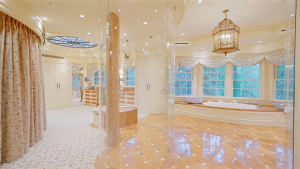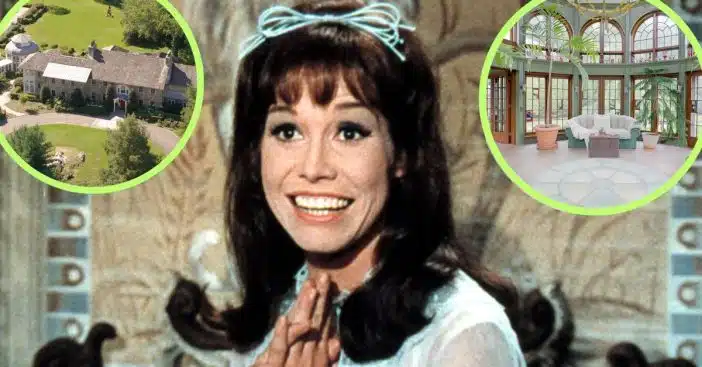
Mary Tyler Moore has left an indelible mark on the television world. But the remarkably creative mind, herself, had a remarkably important house she not only called home but also drew inspiration and comfort from. Now, Moore’s palatial Connecticut house is on the market for a whopping $21.9 million.
The late Moore, who passed in 2017 at the age of 80, was born in Brooklyn, New York. But she would eventually move to Greenwich, Connecticut, planting roots during a formative and sometimes difficult part of her life. Now, a hopeful homeowner may call it their own and see firsthand the changes Moore made to the property.
Mary Tyler Moore’s house is up for sale, along with all its luxuries
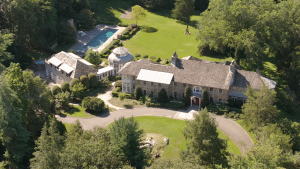
Back in 2006, Moore and her husabnd, Dr. Robert Levine, bought the sprawling Connecticut house for $10 million. The house was built in 1990 and the couple expanded the property’s footprint to 13,825-square. It has five bedrooms, seven bathrooms, and two half bathrooms.
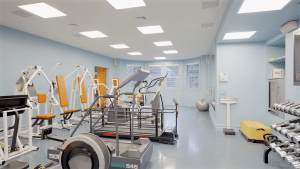
RELATED: New Mary Tyler Moore Documentary Features Rare Footage Of ‘Mary Tyler Moore Show’ Pilot CBS Refused To Air
On top of this abundance of bathing options, the home also boasts a gym, elevator, spa, swimming pool, and other luxurious amenities. There is also a firepit and, among one of the most noteworthy features of all, a towering domed solarium. On their own, these features are stunning – but they have added value for the significant place they had in Moore’s heart.
The walls of Moore’s house provided her with comfort

“The house is special to me because it is a house that Mary and I designed,” Dr. Levine said, “with specific intention to make it welcoming, filled with natural light, open to the outside (so you feel a part of the natural surroundings), with intimate, purposeful spaces that offer comfort and a platform for display of her favorite things, including her many and diverse collections of objet d’art.”
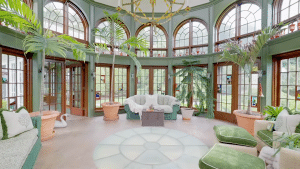
He continued, “It is, unquestionably ‘Mary’s house’ well reflecting her classical design aesthetic and passion for detail and use of the finest materials and artisanal methods of construction.”
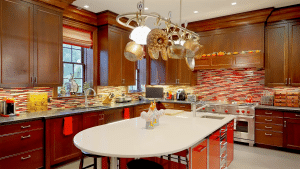
In addition to reflecting her style preferences, many features also gave Moore comfort as her health declined; she famously battled diabetes for decades. The conservatory, in particular, earned a special shoutout. “It was Mary’s serenity room,” said Levine, according to the Wall Street Journal, “and where she spent a good part of her life when she was no longer able to get around as easily on her own. That was her special place.”
